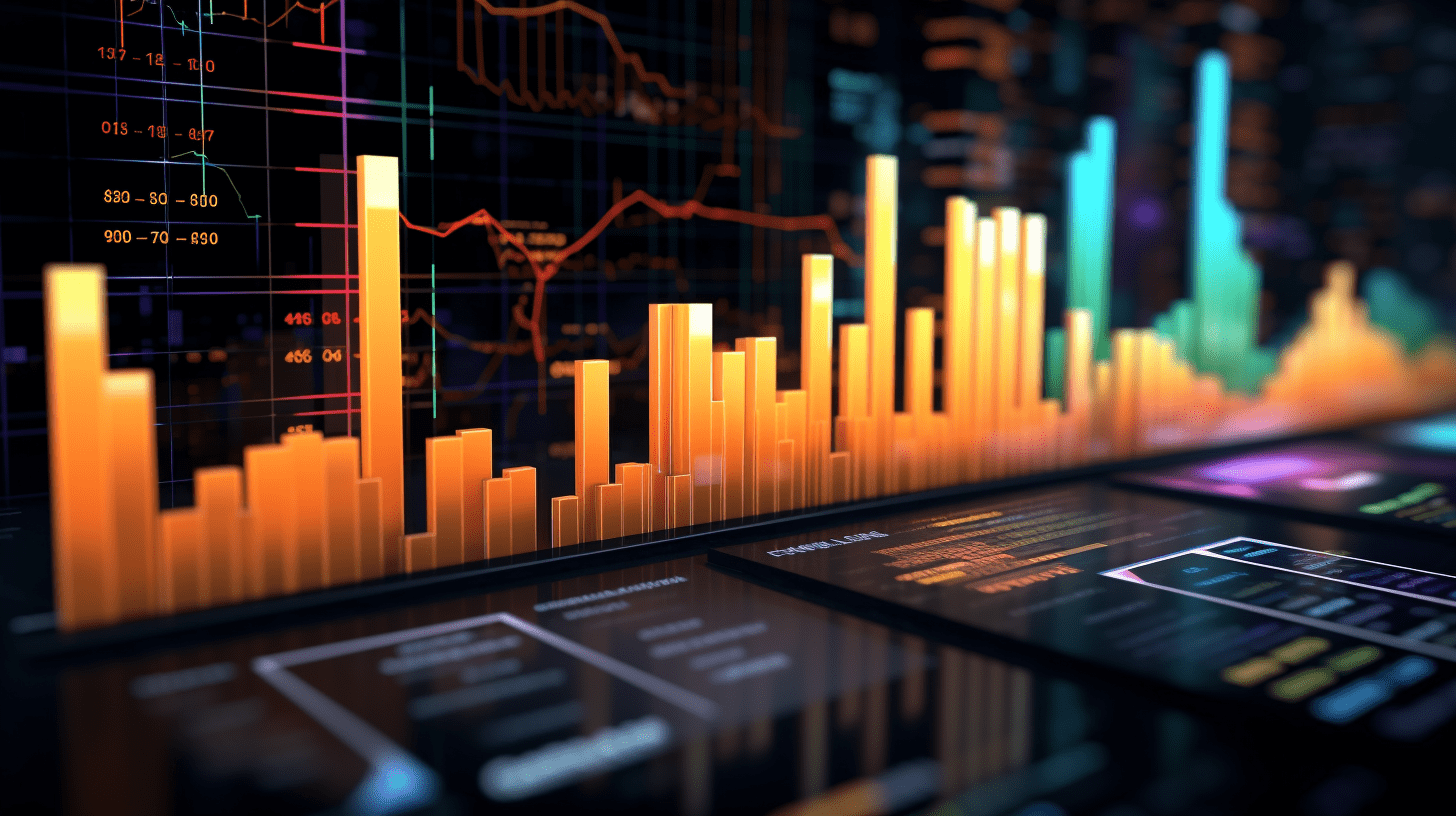AI's power consumption is surging, and the electricity shortage in the United States may explode in 2033.
In the next decade, the United States may be in the midst of a power crisis: the increasing demand for electricity from data centers is colliding with the aging and neglected power grid infrastructure.
In the next decade, the United States may face a power crisis: the increasing demand for electricity from data centers is colliding head-on with aging and neglected power grid infrastructure. The latest warning from Schneider Electric SE shows that if the current level of backup capacity is maintained, there will be a substantial gap in national generating capacity during peak electricity demand by 2028. More alarmingly, their model predicts that by 2033, the power shortage could reach as high as 175 gigawatts, enough to trigger widespread blackouts and systemic power restrictions.
It is understood that the U.S. power system is pieced together from regional grids and utilities, and it is now facing multiple pressures from data centers, new factories, and electric vehicles. Even before the recent boom in artificial intelligence, frequent extreme weather events and the increasing share of intermittent renewable energy sources have already overwhelmed the power grid.
Jeannie Salo, Chief Public Policy Officer for Schneider Electric North America, said in an interview, "This may mean that we could be lagging behind in the artificial intelligence race. We would also send a signal to the world that the United States is struggling to meet the electricity demands of this era, which could lead to reduced investment."
Schneider predicts that the continually rising peak demand will increasingly squeeze the so-called "reserve capacity" - additional power that can be used during extreme weather or network attacks. If emergency power is shifted to meet daily peaks, it will threaten the reliability of the grid and increase vulnerability.
Salo metaphorically likened reserve capacity to emergency savings in a bank. She pointed out that in three years, the U.S. will have to use these "reserves" regularly, and by then, these reserves may be nearly depleted, leaving them unable to withstand the impact of severe emergencies. Despite a recent surge in battery installations in many areas, the actual amount of electricity that can be stored is still woefully inadequate, like a drop in the bucket. The grid must accurately balance generation and consumption every second to avoid collapsing.
Salo said, "Currently, we are facing increasingly frequent electricity peak demands and fluctuations. At this rate, by 2028, we will have to tap into the reserves we originally set aside in advance, and we will not be able to keep them for emergencies. This situation will pose a significant threat to the reliability of the power system because the severity of power shortages may further worsen, and we must take preemptive measures within a short period of time."
In most parts of the United States, where AI has not yet emerged, the growth in power demand had stagnated, contrary to expectations that it would gradually increase with the electrification of the economy. However, the rapid growth of data centers is now rapidly changing this situation. It is predicted that by 2035, the power demand of data centers will double, accounting for nearly 9% of the total electricity demand in the United States, which will undoubtedly push the grid to its limits.
Information released by the North American Electric Reliability Corporation (NERC) this month shows that the impact of data centers is already evident: they are causing a significant increase in electricity demand in the winter, leading to a significant increase in blackout risks under extreme conditions. It is predicted that this winter's peak electricity demand will be about 20 gigawatts higher than the previous winter, while during the same period, the increase in power supply will only be 9.4 gigawatts. (It should be noted that 1 gigawatt of electricity is roughly equivalent to the output of a traditional nuclear reactor.)
Schneider conducted an analysis based on NERC data and compared its predictions with the electricity demands of its clients, including NVIDIA, Vantage Data Centers, Compass Datacenters LLC, as well as tech giants like Microsoft, Google, and Meta, reaching the same conclusions.
However, there are already some technologies and strategies being used to alleviate grid congestion. For example, in Texas, battery capacity is rapidly increasing, easing concerns about the surge in demand causing grid collapse. Salo advocates prioritizing the deployment of these "grid enhancement technologies" over large-scale new power generation and transmission projects, as the latter may struggle to meet actual electricity demands in the coming years.
Related Articles

New orders for durable goods in the United States increased significantly in September, reinforcing expectations of a faster pace of economic growth in the third quarter.

DR Congo (Gold) Cobalt Export Ban Still Not Restarted Nearly Six Weeks After Expiry, Exacerbating Global Supply Tightness.

Organizing the seven main thematic logics of the market, Goldman Sachs outlook for the future: rate cuts continue, the bull market in US stocks does not stop.
New orders for durable goods in the United States increased significantly in September, reinforcing expectations of a faster pace of economic growth in the third quarter.

DR Congo (Gold) Cobalt Export Ban Still Not Restarted Nearly Six Weeks After Expiry, Exacerbating Global Supply Tightness.

Organizing the seven main thematic logics of the market, Goldman Sachs outlook for the future: rate cuts continue, the bull market in US stocks does not stop.

RECOMMEND

Foreign Brands “Take On Chinese Names”: Starbucks And Burger King Change Hands As Chinese Capital’s Localization Scalpel Rewrites Global Rules
25/11/2025

Riding The Momentum Of Gemini 3, “Google Chain” Challenges “Nvidia Chain,” Reshaping The Ai Trading Landscape
25/11/2025

Silver Economy Accelerates As Personal Pension System Marks Three Years — Structural Changes Emerging
25/11/2025


